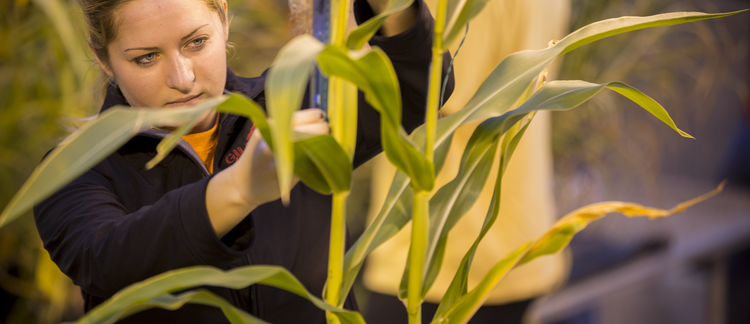Abstract
The bean leaf beetle (BLB) has been a long-time pest of soybeans and other beans, but it seldom reached levels that warrant treatment on a large scale until 2000. The BLB has also been identified as the vector for the transmission of a disease called bean pod mottle virus (BPMV), which can cause yield reduction and also discolored soybeans, resulting in dockage when the soybeans are marketed. The soybean aphid is a relatively new pest to North America; several eastern Iowa fields were sprayed for this pest in 2001 and many fields were sprayed in 2003. Established thresholds for BLB management at various developmental stages of the soybeans do not consider the negative effects of the introduction of BPMV into the plants. The soybean aphid is a vector for soybean mosaic virus (SMV), and, again, current thresholds do not consider the negative effects of the introduction of SMV into the plants. Cruiser, an insecticidal seed treatment from Syngenta, was labeled for use in soybean beginning in 2005. Research is being conducted by Dr. Marlin Rice, Dr. Matt O’Neal, and Mr. Jeffrey Bradshaw to determine the efficacy of seed treatments on BLB and soybean aphid populations and the incidence of viral diseases. This research complements the efforts by Rice, O’Neal, and Bradshaw.
How to Cite:
Schmitt, V. L. & Van Dee, K., (2006) “Effects of Cruiser Seed Treatment for Bean Leaf Beetle and Soybean Aphid Management on Soybean Yield and on Incidence of Viral Disease in Eastern Iowa”, Iowa State University Research and Demonstration Farms Progress Reports 2005(1).
Downloads:
Download pdf
View PDF
228 Views
94 Downloads

